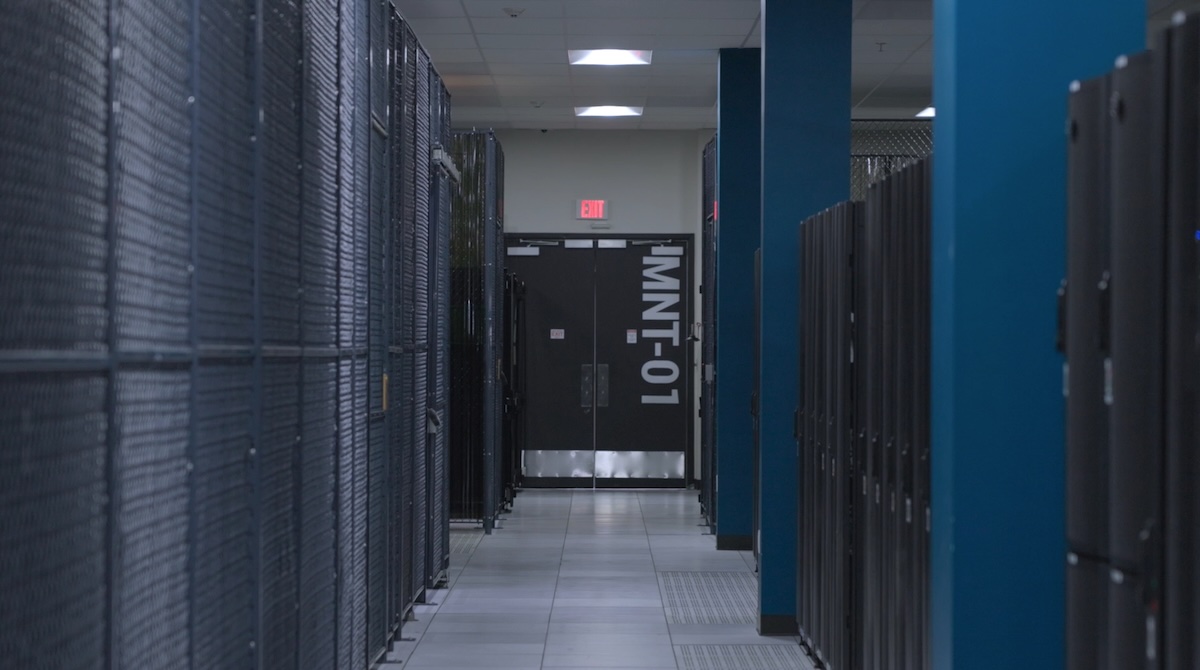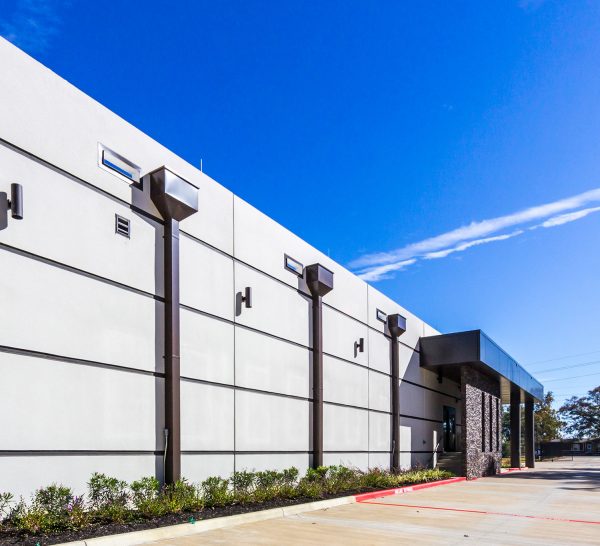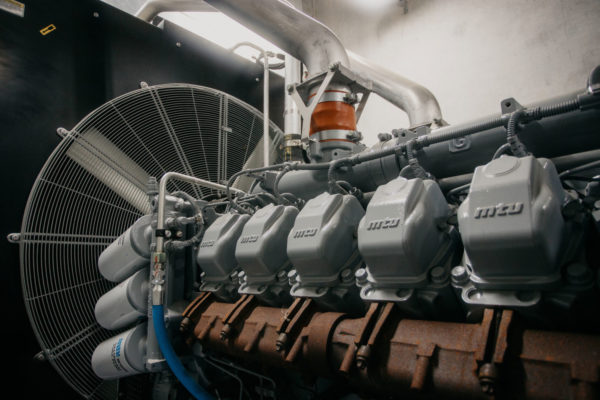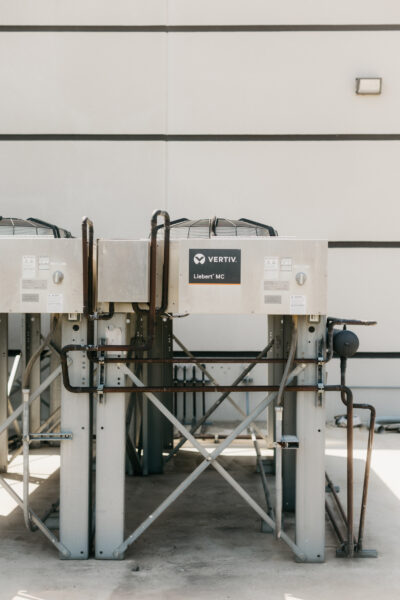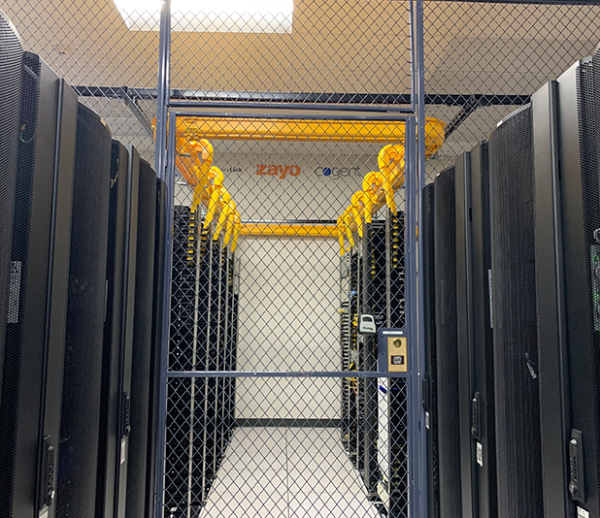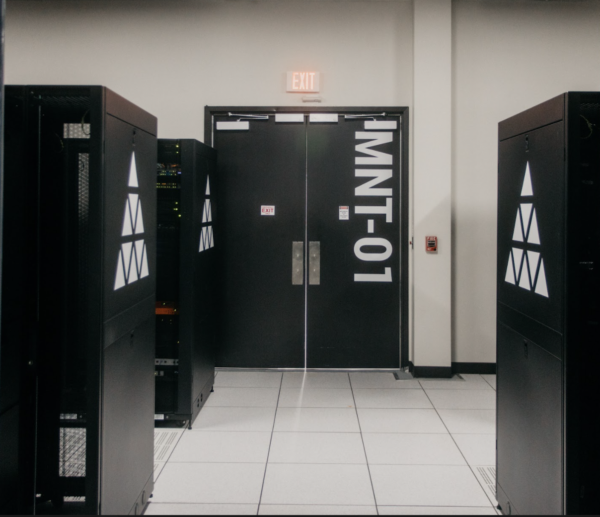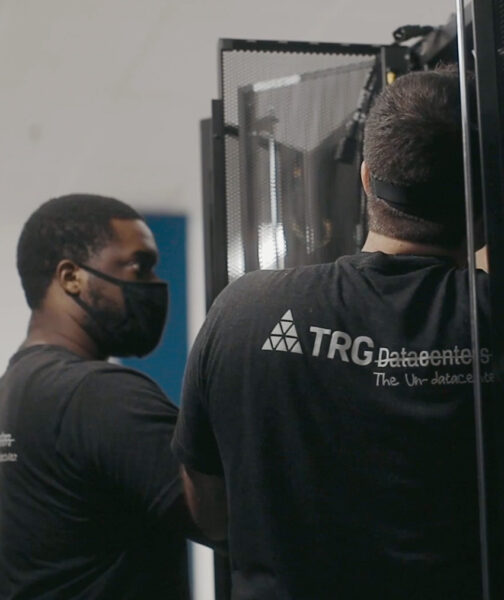Fire suppression is one of those things that, when done right, you’ll never hear about. But when it’s done wrong—or worse, neglected—it becomes the most important conversation of your career. At TRG Datacenters, fire protection isn’t a box we check. It’s a core design priority, woven into every decision about how we build, scale, and secure our facilities.
You don’t get second chances with fire. So we don’t leave any part of our strategy to chance.
Why Fire Suppression in a Data Center Isn’t Optional
Data centers house the core infrastructure of modern business. They’re purpose-built to deliver uptime, security, and continuity at scale. A fire, even a small one, threatens all of that in an instant. We treat fire suppression the same way we treat power and connectivity: it must work when everything else doesn’t.
Fire incidents in data centers are rare, but they do happen. A thermal failure in a UPS room, an electrical short in a generator enclosure, or a small smoldering device on the raised floor—all are legitimate ignition points. You don’t get to pick the time or the location. But you can control your response.
Meeting—and Surpassing—Fire Protection Standards
The fire protection standard for data centers begins with NFPA 75 and NFPA 76. These lay out how facilities should protect IT and telecom equipment from fire risks, including detection, suppression, and damage control. TRG Datacenters doesn’t just follow these standards. We go beyond them.
That’s why we rely on dry pipe dual-interlock pre-action systems—because no other solution offers the same balance of protection, precision, and control.
Why Dual-Interlock Dry Pipe Systems Are the Industry Standard
In a dry pipe system, the suppression pipes are filled with pressurized air or nitrogen, not water. This avoids the risk of accidental leaks. The dual-interlock configuration requires two independent eventsbefore any water is released: a heat-sensitive sprinkler head must break due to high temperature and a smoke detection system must verify the presence of fire.
It’s not enough for one trigger to go off. You need both. This eliminates false positives and ensures that water is only deployed in the exact location where a real event is unfolding.
At TRG Datacenters, the system doesn’t engage across the entire floor. It’s designed to activate only in the compartment where the event occurs. Fire suppression is highly localized—down to the exact section where both triggers align. This protects the surrounding infrastructure, reduces downtime, and prevents unnecessary water damage.
Compartmentalization: Containing Fire at Its Source
Fire suppression isn’t just about detection and response. It’s also about isolation. Our facilities are built with one-hour rated fire and smoke walls that divide the data center into distinct compartments. This means a fire in one room—or even one aisle—can be physically isolated from the rest of the building.
In practice, that could be the UPS room, generator area, or a segment of the raised floor. Each zone operates semi-independently when it comes to fire detection and suppression. The dual-interlock system ensures that the response is restricted to the smallest possible footprint, minimizing disruption and maintaining service continuity throughout the rest of the facility.
Detection That Moves Faster Than Fire
Our detection systems are designed to move faster than the fire itself. TRG Datacenters uses VESDA (Very Early Smoke Detection Apparatus), which actively samples air from across the data center environment. These systems detect microscopic particles before a visible flame or smoke plume appears.
When combined with heat-sensitive sprinkler heads, the result is a system that identifies and verifies an event before it becomes a threat. It won’t trigger a suppression event just because of a puff of dust or a warm server. It looks for correlated, validated evidence of fire—and only then does it act.
Localized Engagement: A Smarter Way to Fight Fire
Traditional wet pipe systems activate instantly, discharging water the moment a sprinkler head breaks. That might work in an office or warehouse. It’s not acceptable in a data center. That approach risks damaging equipment even in the absence of a verified fire.
Gas-based suppression systems like FM-200 and Novec 1230 are often used for specific zones or equipment areas and are still part of many data center fire strategies. They can be effective, especially in smaller enclosed rooms, but they are generally not relied on as the primary suppression mechanism for large-scale environments.
That’s why the dry pipe dual-interlock system is the industry standard for mission-critical facilities. It’s controlled, localized, and only acts when the situation is confirmed by multiple inputs.
At TRG Datacenters, that’s exactly how our systems work. One sprinkler head activates due to heat. A smoke detector in that same zone picks up a signal. The system evaluates both, and then—and only then—does it release water to that exact area. The rest of the facility continues running, unaffected.
Fire Protection as a Design Strategy
Every part of our fire suppression infrastructure is planned from day one. This includes how we run conduit, where we locate cable trays, and how we structure cooling zones. Fire-rated walls define compartments. Independent suppression zones limit collateral risk. Even the placement of detectors and heads is calculated for maximum coverage with minimal redundancy.
You can’t retrofit a reliable fire suppression strategy. It must be designed into the core of the data center from the start. That’s what we do at TRG Datacenters, and it’s what sets our facilities apart.
Protecting Business Continuity, Not Just Infrastructure
In the end, fire suppression isn’t just about keeping a facility intact. It’s about protecting the continuity of the businesses we serve. If a suppression system overreacts, it causes damage. If it underreacts, it allows a fire to spread. The right system hits the balance: it activates when needed, where needed, and only there.
That’s why TRG Datacenters puts so much emphasis on dual-interlock systems, compartmentalization, and early detection. Because downtime isn’t just a technical issue—it’s a business risk.
Fire Suppression: A Critical Factor in Data Center Evaluation
Fire suppression in a data center isn’t a matter of checking a box. It’s a matter of building a facility that anticipates the worst and responds with discipline, precision, and control. At TRG Datacenters, we’ve committed to using dry pipe dual-interlock systems because they represent the best of what the industry offers—responsive where it counts, silent when it doesn’t.
That’s how you protect infrastructure, continuity, and trust—one fire-rated wall and one verified trigger at a time.
Request Your Free Data Center Assessment Today
